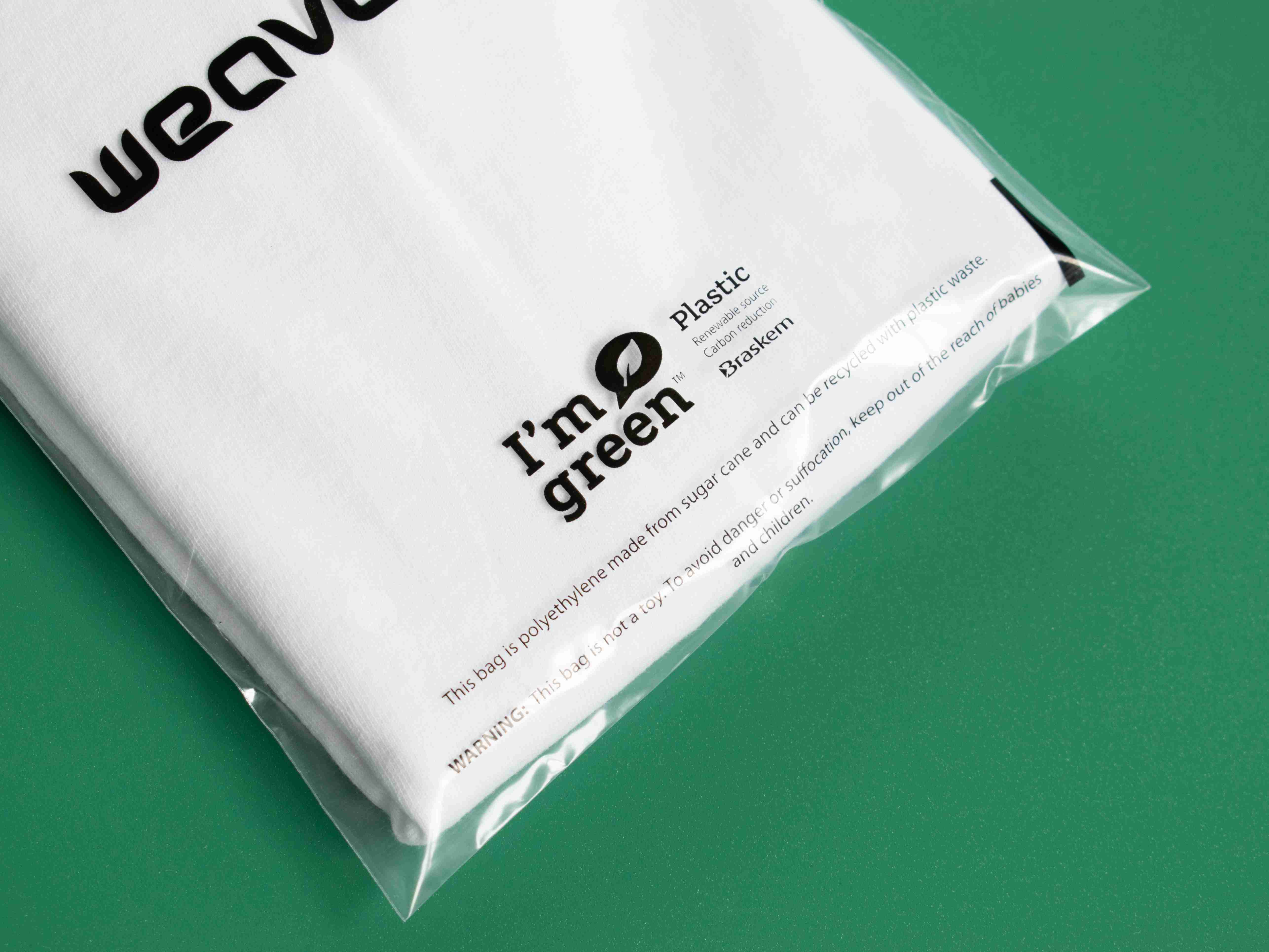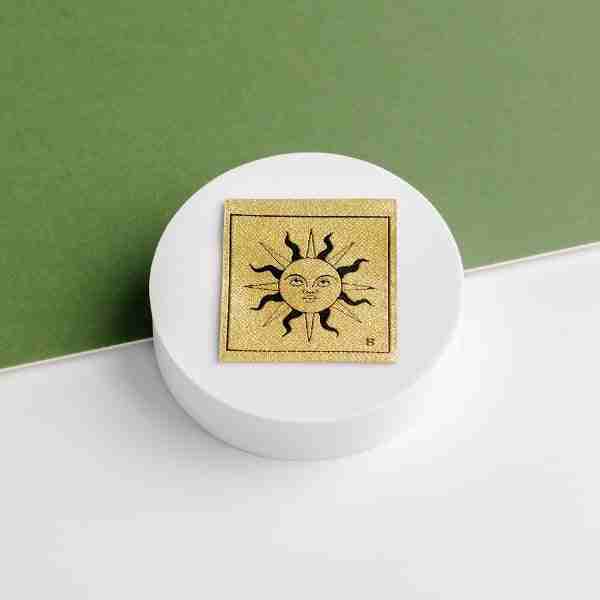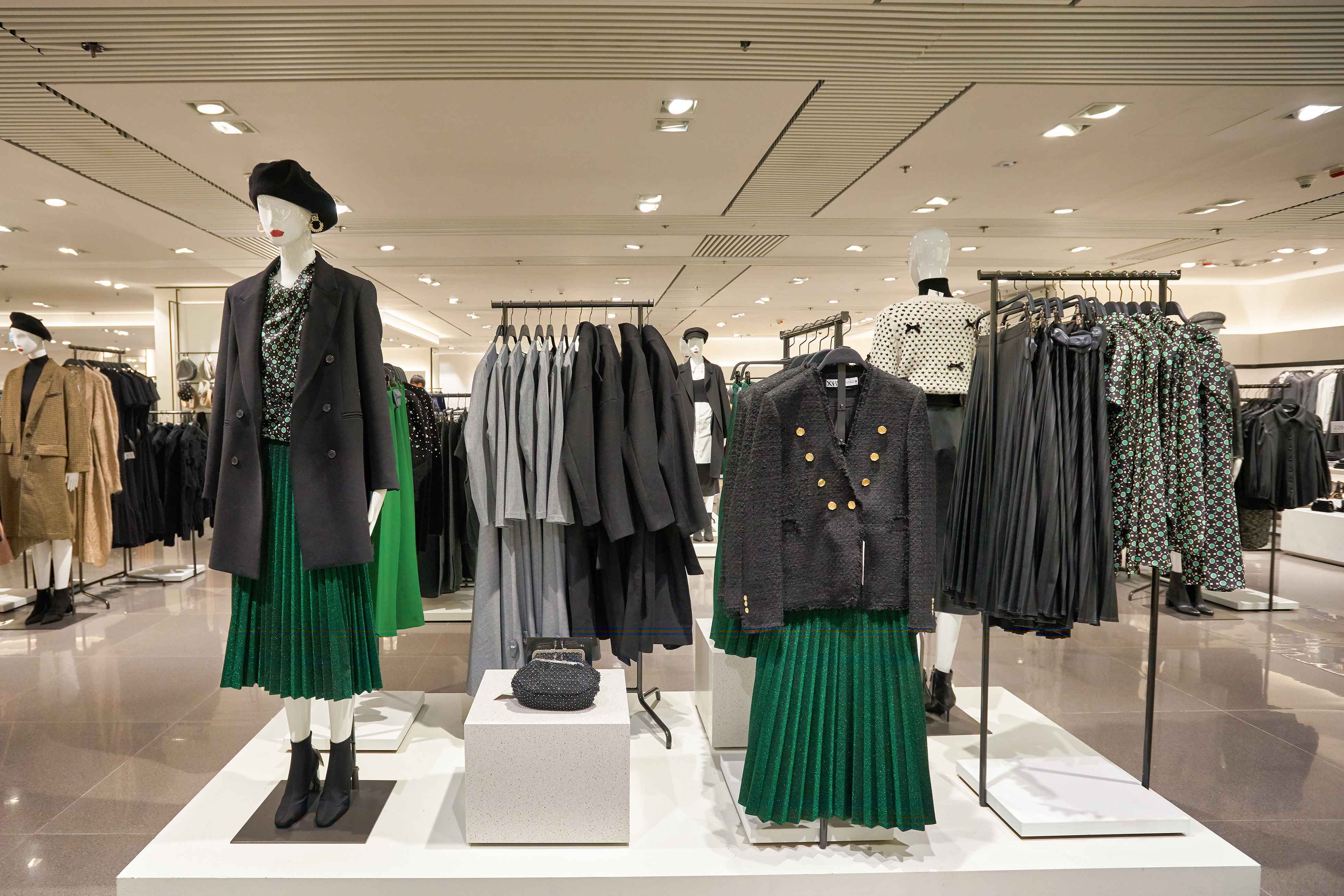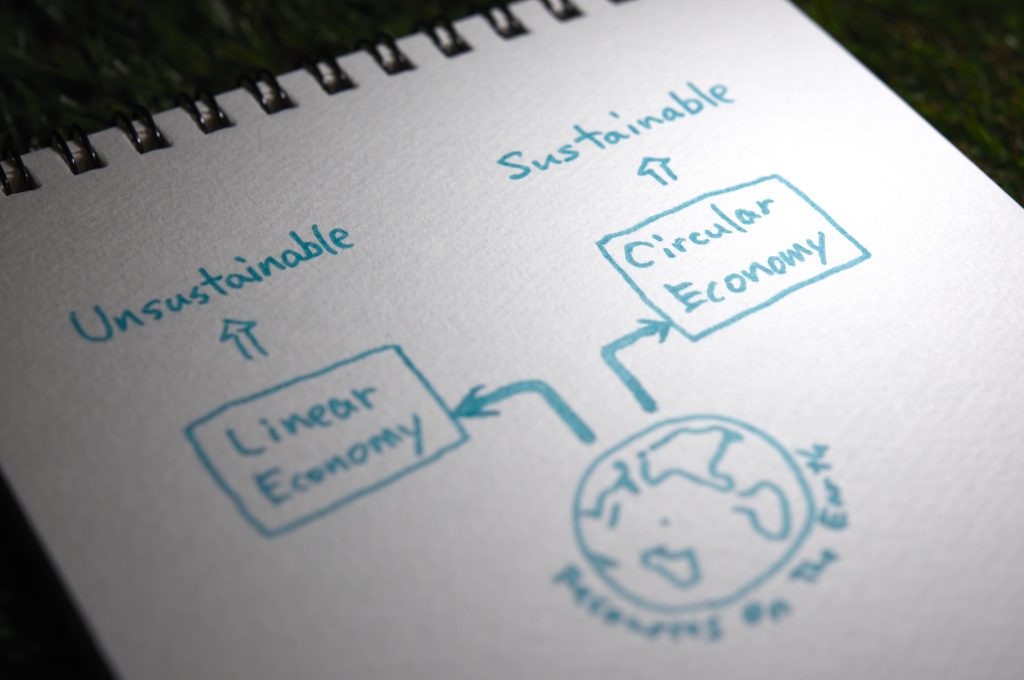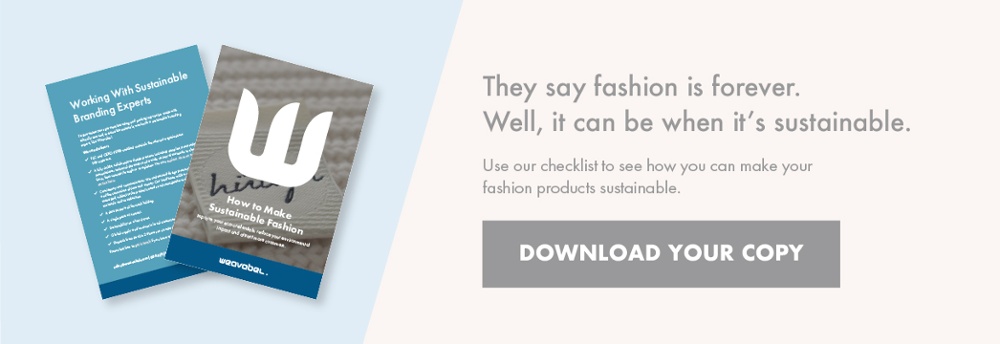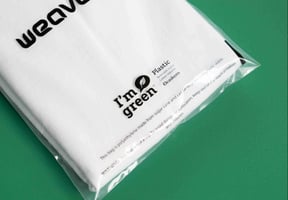The Short Version
Sustainable materials are produced from natural resources using minimum environmental impact and carbon footprint. This includes cotton, silk, wool, viscose, wood, coffee grinds and straw.
Circular products ensure that there is no waste in the supply chain, from design to care to recycling, over and over again. So the resources retain their value in a circuitous chain. It prolongs the life and minimises the depletion of non-renewable resources going forward. The products are restorative by intention and rely on renewable energy. Manufacturers minimise, track and eliminate use of toxic chemicals, so that the environmental impact is reduced.
Circularity vs. Sustainability – The Long Version
There are many alternatives currently available for garment trade accessories that adhere to the strict codes of practise that make them authentic. We have done the research and can bring you an extensive range of options to satisfy your ongoing requirements.
Eco-friendly Papers
- Sustainable papers are produced using recycled paper sourced from sustainable forests and carry the FSC Standards certification.
- Straw paper is another way of using a bi-product, which uses relatively mild chemical treatments to turn it into the pulp in order to produce tickets etc.
- Bamboo is both a sustainable and renewable alternative for producing paper. It is ready to harvest in 2-3 years and doesn’t require replanting after harvesting.
- Stone paper is made from crushed stone rather from wood pulp. Water is not used in its production, and it takes only 15% of the energy which standard paper requires, and releases 67% less CO2. It is recyclable with plastic, rather than with paper.
- Corn paper uses residues from the processing of organic products such as corn and maize. This FSC certified option is recyclable, compostable and also free of elemental chlorines and acids, making it a brilliant eco-friendly alternative.
- Seed paper uses germinated seeds grown into grass and wild flowers to produce a paper which is bio-degradable.
- Oyster paper is made from the discarded residue of the leather manufacturing process. It includes 40% post-consumer recycled waste and is also bio-degradable and FSC certified.
So, for tickets and hang tags alone, the options are vast.
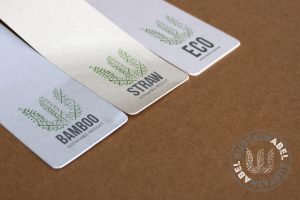
Sustainable Garment Trim Solutions
Then for labels, tapes and badges the solutions evolve.
- Recycled polyester, made from recycled plastic, such as water bottles, are a great way of reducing landfill and reusing resources for broadloom labels, embroidered badges, needleloom label.
- Satin care labels are produced using GRS certified recycled post-consumer polyester yarn. This gives the original polyester a longer life, reducing the need to use more raw materials.
- Organic cotton, which is grown in subtropical countries such as India, Turkey, China, and parts of the USA from non-genetically modified plants, and without the use of any synthetical agricultural chemicals, (such as fertilizers and pesticides), can be made into labels and tapes. This is bio-degradable.
- Polyester elastic tapes use 50% recycled polyester and 50% synthetic rubber.
- Badges can be made from recycled leather waste, recycled lycra, or OEKO-Tex microfiber (meaning it is produced free from harmful chemicals).
Weavabel also has a range of recyclable packaging materials, from polybags to tissue paper, mailbags to presentation boxes…another vast range of Eco-friendly options to explore!
The new poly bag range includes low-density polythene produced from pre-consumer plastic waste, green polythene (from sugarcane ethanol), and a cornstarch-based option. (And more about this exciting range will follow soon!)
Sustainable Fashion Should Be One of a Brand’s Top Priorities
The ultimate solution would be a product sourced from sustainable resources and used and reused in a circularity way. However, there are several ways to get closer to the goal of protecting our planet and making ethical and eco-friendly decisions that minimise waste in the supply chain.
Manufacturers producing fewer garments that are of premium quality will have to charge more, but this will be reflected in the length of time that their garments are lasting, which will make them cheaper and more sustainable in the long run.
Second-hand clothing, clothing swaps and upcycling all reduce the impact on the environment and eliminate waste. The chain is traceable and the resources retain their value for longer.
Vegan products reduce the negative environmental impact caused by animals, and prevent the suffering and death of animals to produce materials.
Of course, we still have the problem of pollutants such as fire-retardant chemicals and dying of fabrics, which may contain harmful chemicals. It is worth looking at the different options and making wise choices that are more environmentally friendly.
Using natural resources responsibly, including energy, are key. Local production reduces carbon footprint and makes the garment preferable to those who value their planet and are keen to support local trade. The best materials are the biodegradable and decomposable options as they provide food for bacteria.
Why Does the Difference Matter?
The more natural products we can use, the smaller the impact on our environment. As we become increasingly aware of protecting resources for the future generation and more considerate of humanity and the environment, we can take positive steps in the right direction. Decisions that we make can minimise waste in the supply chain. By being aware of sustainability and circularity, we can eliminate waste and preserve natural resources which will minimise the environmental impact and carbon footprint going forward.
Are You Looking to Transform Your Brand for the Better?
Then you've come to the right place. At Weavabel, we're dedicated to two things - improving sustainability and enhancing your branding and packaging. Want to get started right away? Why not download our Sustainability Checklist, where you can find out all there is to know about sustainable branding, packaging and trims.

